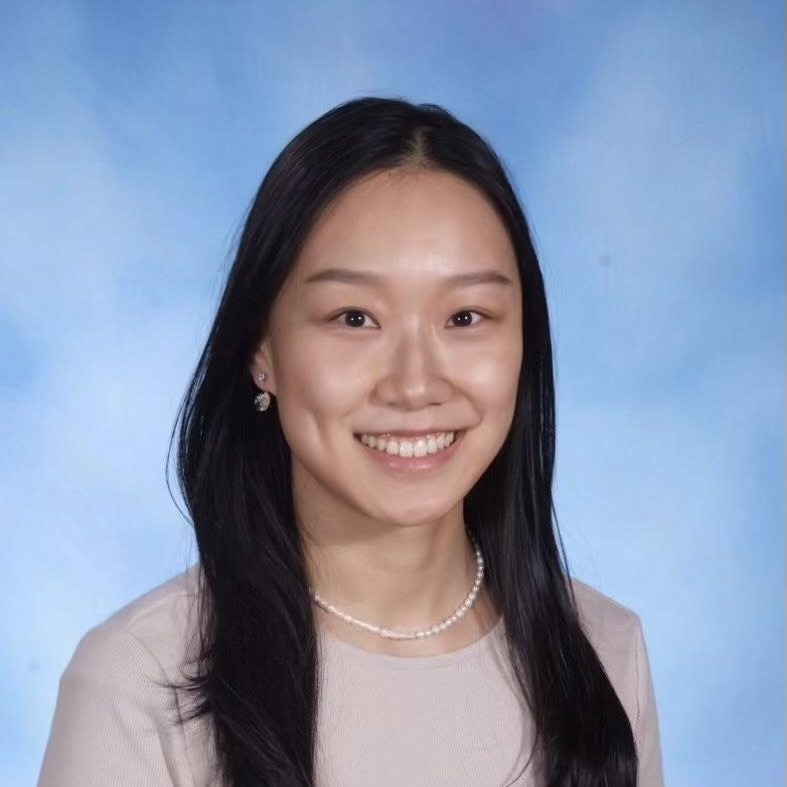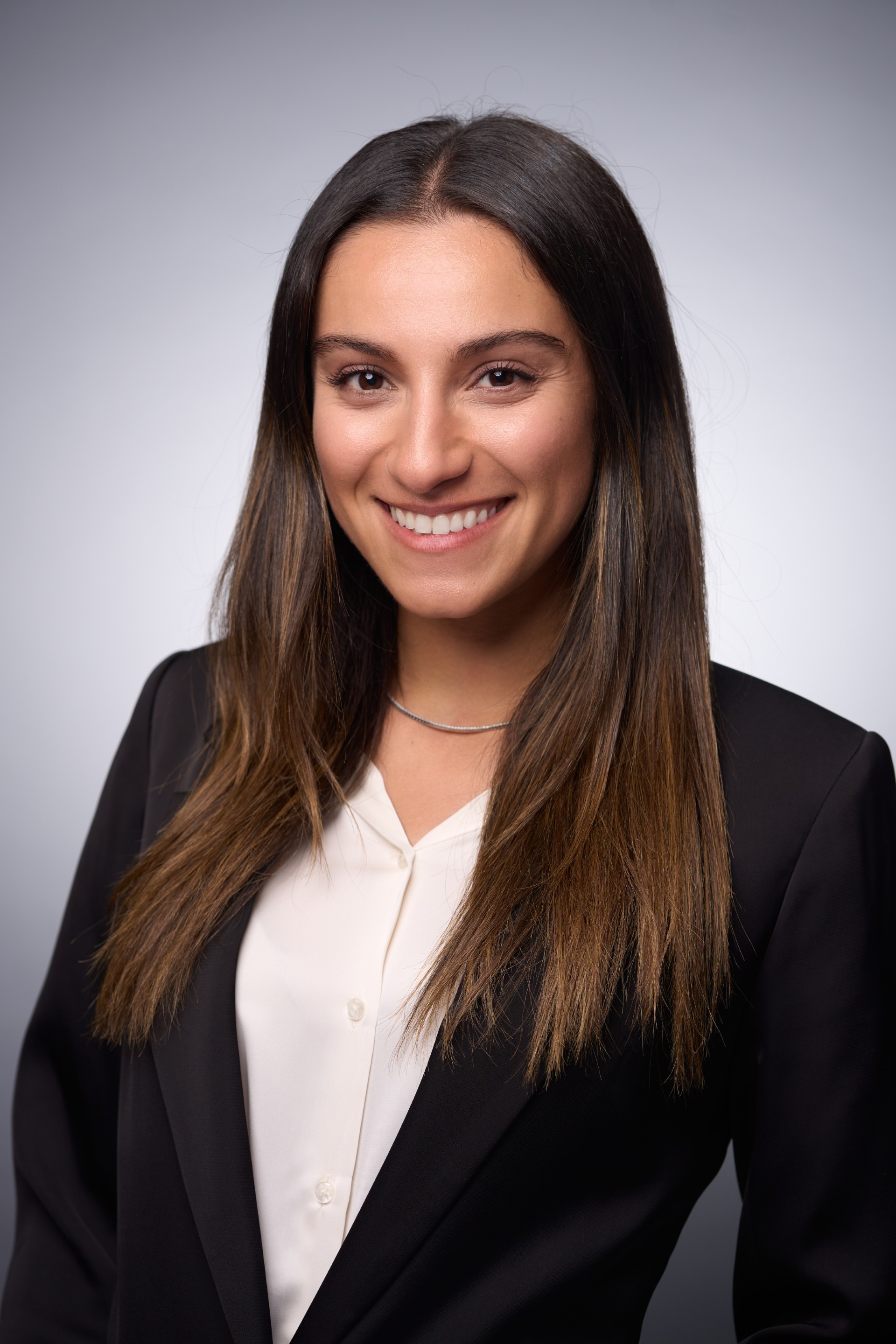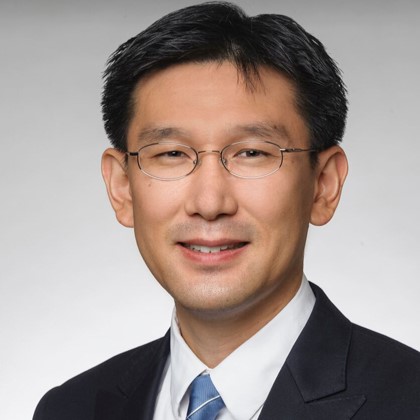External and Internal Resorption
(TC22) Small Tooth, Big Victory: Concomitant Non-Surgical and Surgical Management of a Pulpally Involved Tooth in a Patient with Multiple Idiopathic External Apical Root Resorption

Zeming Zheng, D.D.S.
Endodontic Resident
Columbia University
New York, New York, United States
Antonella Barrios, D.D.S.
Endodontic Resident
Columbia University
New York, New York, United States- HR
Ho Yun Ryu, D.D.S.
Endodontist
Columbia University
New York, New York, United States 
Sahng G. G. Kim, D.D.S., M.S.
Division Director, Program Director/Professor
Columbia University
New York, New York, United States
Presenter(s)
Co-Presenter(s)
Co-Author(s)
Multiple idiopathic external apical root resorption (MIEARR) is a rare, insidious condition characterized by resorption of multiple teeth without an identifiable cause, most frequently reported in males aged 14-39 years. While severe cases may lead to pain and mobility, MIEARR is often asymptomatic and discovered incidentally during routine dental exams. Resorption on a particular tooth may be self-limiting or progressive, with progression thought to be caused by odontoclasts residing on the apical root surface. Few existing case reports document this condition, and none propose definitive treatment to preserve affected teeth. Therefore, current treatment typically involves extraction for progressive MIEARR, while self-limiting resorption is monitored. Progressive MIEARR is particularly concerning in young patients, as loss of involved teeth could have a significant impact on their quality of life. Thus, it is crucial to identify teeth affected by progressive MIEARR and develop strategies to improve their long-term prognosis. The purpose of this table clinic is to present the procedures and expected outcomes of a nonsurgical and surgical treatment approach for retaining an affected tooth in a patient with progressive MIEARR. A case of a necrotic permanent mandibular first molar in an 18-year-old male with progressive MIEARR will be presented to illustrate how to successfully arrest resorption through a novel surgical approach following nonsurgical therapy. With this knowledge, clinicians will be better equipped to recognize suitable teeth for intervention, offer timely preventive or therapeutic treatment, and increase the long-term retention potential of affected teeth in patients with progressive MIEARR.

.png)
.png)
.png)
.png)